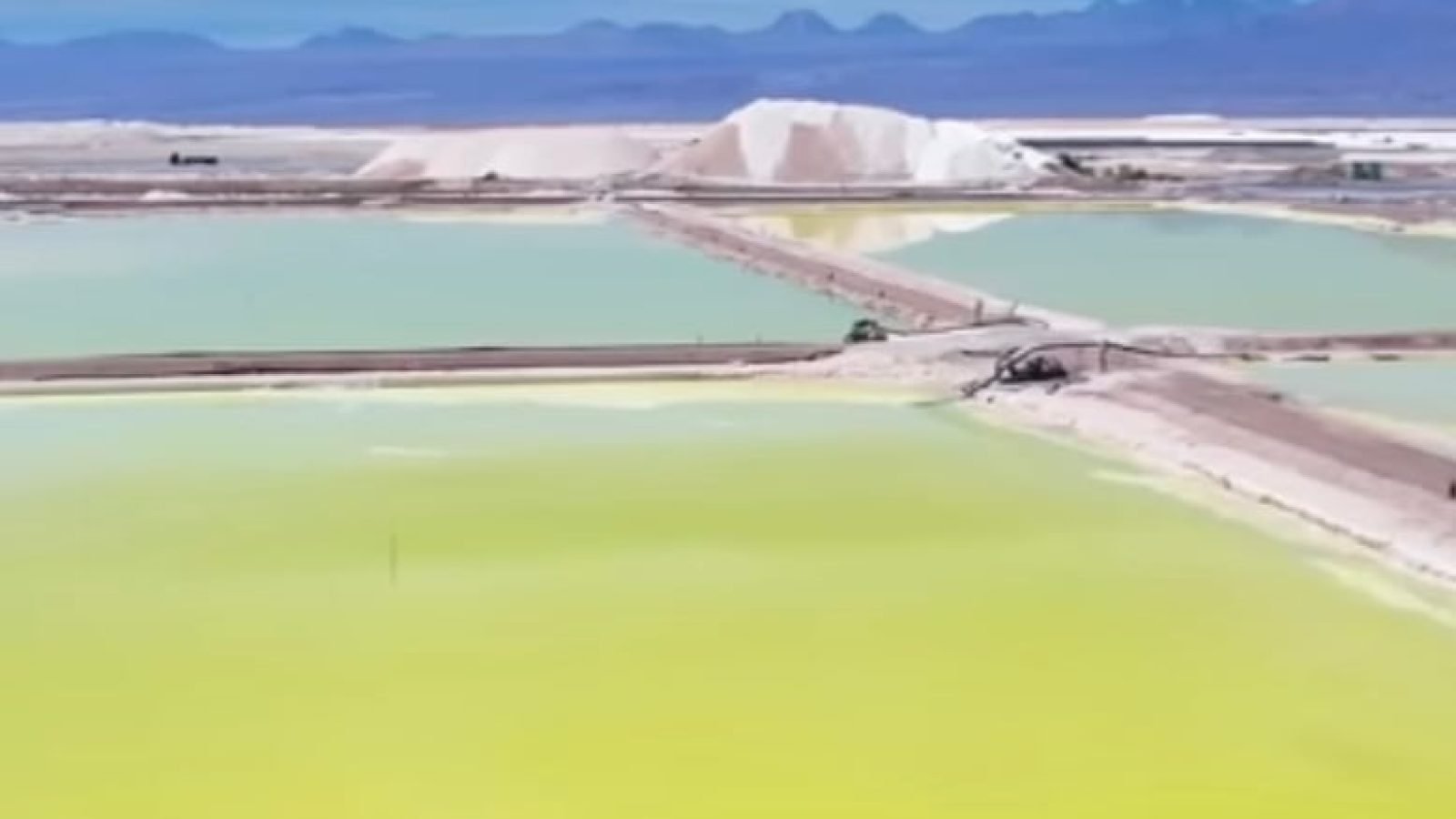According to a news release from the U.S. Geological Survey (USGS), an “estimated between 5 and 19 million tons of lithium reserves are located beneath southwestern Arkansas.”
“If commercially recoverable, the amount of lithium present would meet projected 2030 world demand for lithium in car batteries nine times over,” the release stated.
Researchers say Arkansas may have 19 million tons of lithium critical for battery power https://t.co/2GlmbMUjEL
— The Hill (@thehill) October 22, 2024
“Lithium is a critical mineral for the energy transition, and the potential for increased U.S. production to replace imports has implications for employment, manufacturing and supply-chain resilience. This study illustrates the value of science in addressing economically important issues,” said USGS Director David Applegate.
The USGS-led study utilized a combination of water testing and machine learning to make the estimate.
“The study’s novel methodology, carried out collaboratively by the USGS and the Arkansas Department of Energy and Environment’s Office of the State Geologist, made it possible to quantify the amount of lithium present in brines located in a geological unit known as the Smackover Formation,” the release stated.
“Extracting lithium from brines co-produced during oil and gas operations provides an opportunity to extract a valuable commodity from what would otherwise be considered a waste stream,” it added.
Federal and state researchers announced on Monday that they had found 19 million tons of lithium, a critical raw material for EV batteries, in an underground brine reservoir in Arkansas. It’s more than enough to meet the world’s demand. https://t.co/NwGOuxmPfT
— DealBook (@dealbook) October 21, 2024
From the USGS:
The Smackover Formation is a relic of an ancient sea that left an extensive, porous, and permeable limestone geologic unit that extends under parts of Arkansas, Louisiana, Texas, Alabama, Mississippi, and Florida. It dates to the Jurassic geological time period and is known for its rich deposits of oil and bromine. In recent years, the Smackover Formation has also gained attention for potential lithium in brines—high-salinity waters associated with deep salt deposits.
“Our research was able to estimate total lithium present in the southwestern portion of the Smackover in Arkansas for the first time. We estimate there is enough dissolved lithium present in that region to replace U.S. imports of lithium and more. It is important to caution that these estimates are an in-place assessment. We have not estimated what is technically recoverable based on newer methods to extract lithium from brines,” said Katherine Knierim, a hydrologist and the study’s principal researcher.
Global demand for lithium, a critical mineral essential for battery production, has increased substantially in recent years. This trend is projected to persist as the transition from fossil fuels to electric and hybrid vehicles intensifies, underscoring the mineral’s growing significance in energy technology advancements.
The U.S. relies on imports for more than 25% of its lithium. The USGS estimates there is enough lithium brought to the surface in the oil and brine waste streams in southern Arkansas to cover current estimated U.S. lithium consumption. The low-end estimate of 5 million tons of lithium present in Smackover brines is also equivalent to more than nine times the International Energy Agency’s projection of global lithium demand for electric vehicles in 2030.
Arkansas has enough lithium for the world’s EVs — but getting to it is the problem https://t.co/kYHLdgbN7A
— The Verge (@verge) October 22, 2024
The Verge reports:
Until recently, that lithium-rich brine had been thought of as wastewater from oil and operations. Now, companies are trying to develop technologies to extract the lithium in a cost-effective way.
ExxonMobil is reportedly ready to pounce. The company plans to start production in 2027 and has already drilled exploratory wells in Arkansas, The New York Times reports. The fossil fuel giant declared its ambitions of becoming a “leading” lithium supplier for electric vehicles last year after purchasing drilling rights across 120,000 acres of land within the Smackover Formation in Arkansas.
“We know we have an attractive resource. We’re working on understanding that cost equation, understanding the supply-and-demand picture,” Dan Ammann, president of ExxonMobil’s low carbon solutions business, told The New York Times.
ADVERTISEMENTThe company can use traditional oil and gas drilling techniques to reach lithium-rich saltwater trapped 10,000 feet underground. But it has to develop new technology called direct lithium extraction (DLE) to separate lithium from the water using chemical solvents or filters.
That’s supposed to be a much faster method for extracting lithium than the old-school way of leaving the brine in ponds until the water evaporates. Another potential benefit of DLE is that it would be less energy-intensive than conventional hard rock mining for lithium. To be sure, there are still concerns about the environmental impact all of these methods pose, ranging from how much land and water they use to what to do with any toxic waste left behind.
This is a Guest Post from our friends over at 100 Percent Fed Up.
View the original article here.



Join the conversation!
Please share your thoughts about this article below. We value your opinions, and would love to see you add to the discussion!